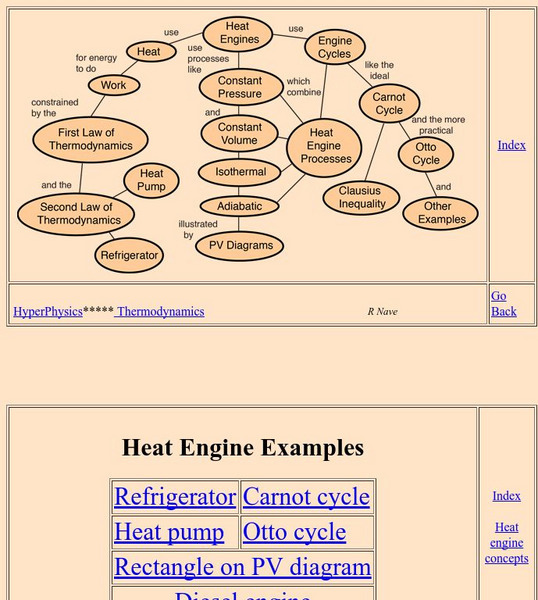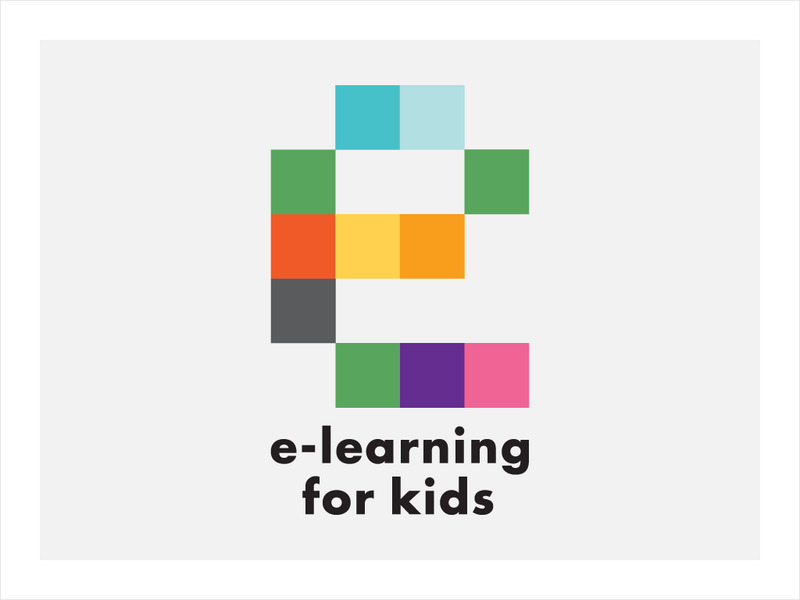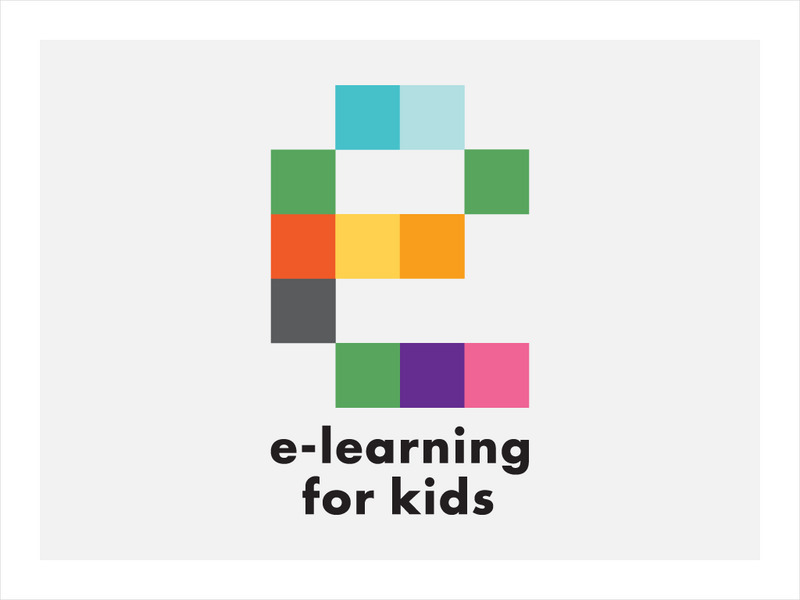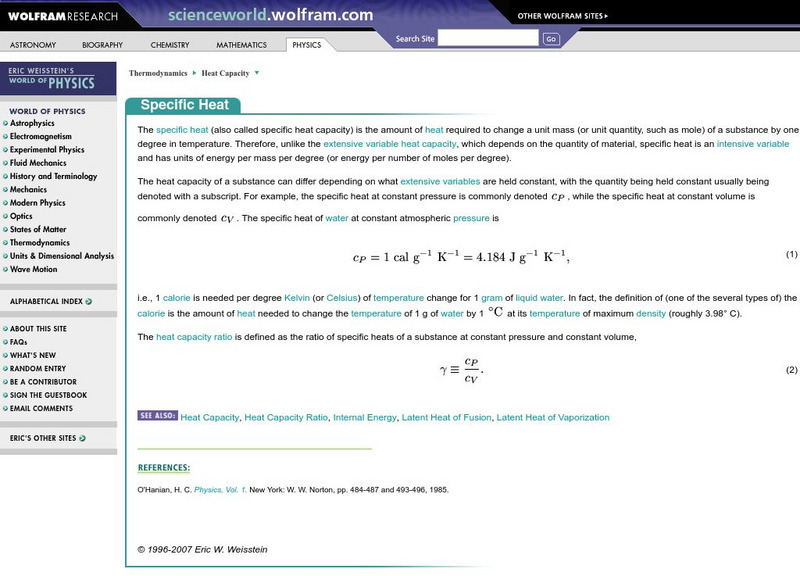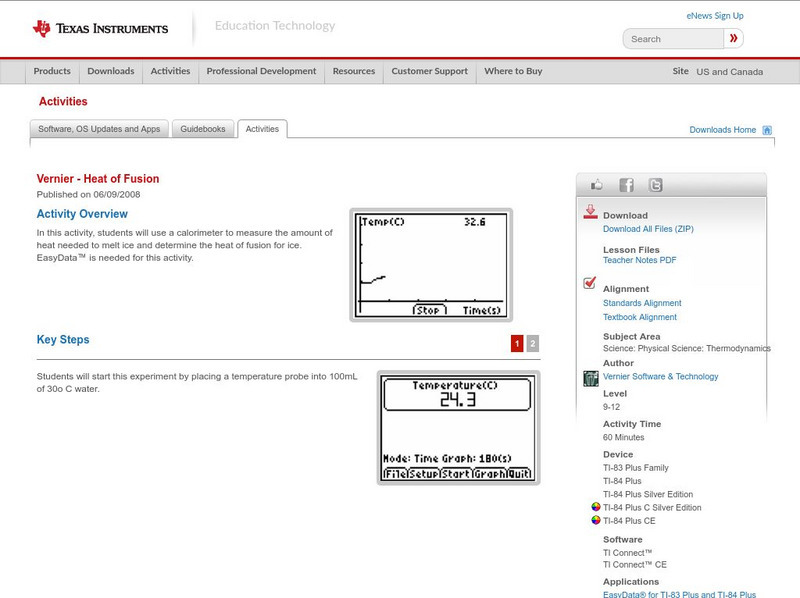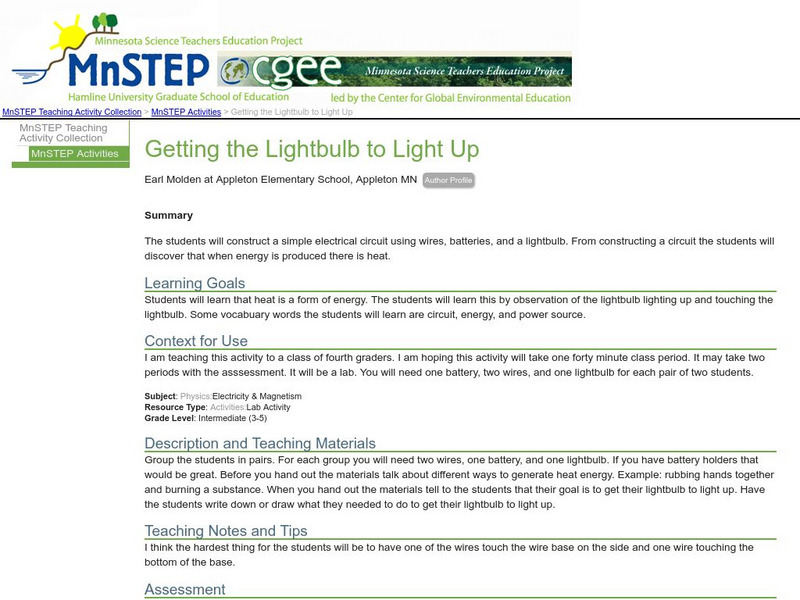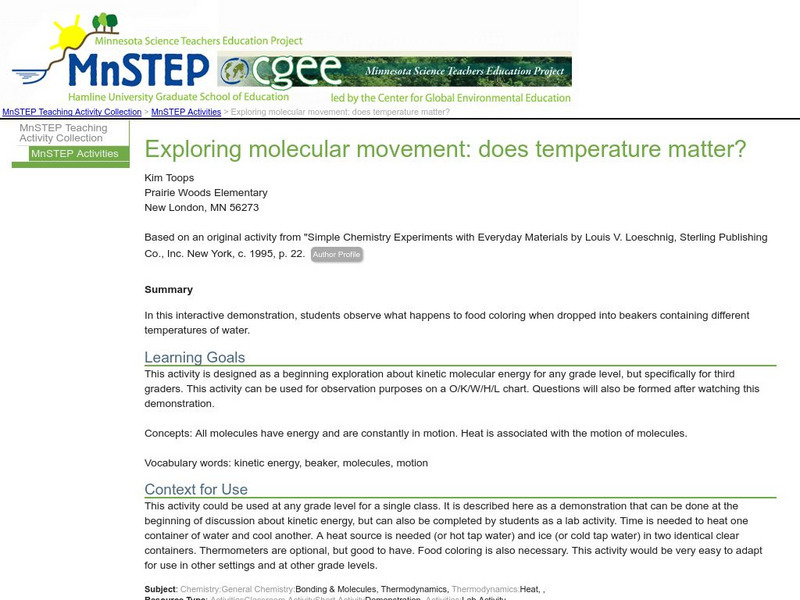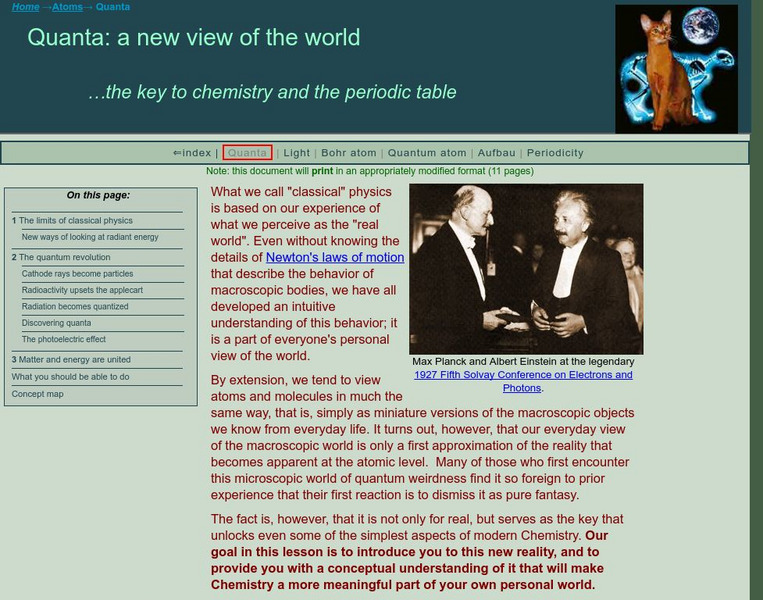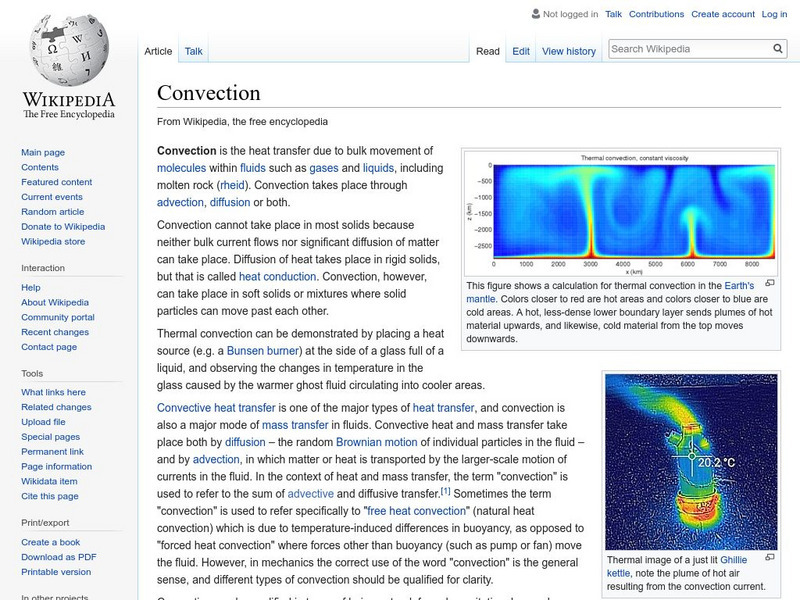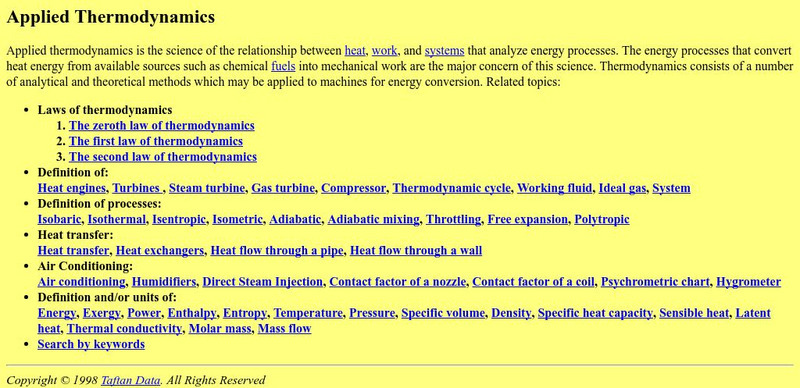Hi, what do you want to do?
Georgia State University
Georgia State University: Hyper Physics: Heat Engine Concepts
An indexing page for the HyperPhysics site. The page contains a concept map of links to a variety of other pages which discuss concepts related to heat engines. All pages contain informative graphics and excellent explanations.
Library of Congress
Loc: Poetry 180: Space Heater
This single-stanza poem describes the poet's gratefulness for the space heater.
E-learning for Kids
E Learning for Kids: Science: Kaap De Goede Hoop: What Is Heat?
Anesu lives at the Kaap De Goede Hoop (Cape of Good Hope), and is learning about sources of heat. Join her on the adventure.
E-learning for Kids
E Learning for Kids: Science: Titanic Shipwreck: How Does Heat Travel?
David is exploring the Titanic shipwreck. He needs to stay warm down below in the water. Help him learn about heat and temperature.
Wolfram Research
Wolfram Science World: Specifiic Heat
This site has information on specific heat,the amount of heat required to change a unit mass of a substance by one degree in temperature. Included are many links and formulas.
Texas Instruments
Texas Instruments: Heat of Fusion
In this activity, students can use a calorimeter to measure the amount of heat needed to melt ice and determine the heat of fusion for ice. EasyData is needed for this activity.
Texas Instruments
Texas Instruments: What Is Boiling?
In this lesson, students investigate the effects of heat on matter by studying boiling water.
Science Education Resource Center at Carleton College
Serc: Exploring Molecular Movement: Does Temperature Matter?
In this interactive demonstration, students observe what happens to food coloring when dropped into beakers containing different temperatures of water.
Science Education Resource Center at Carleton College
Serc: Investigating Diffusion of Molecules in Liquid
Scientific inquiry activity where students investigate how molecules move in liquid. They will observe that molecules in liquid move in a random manner and that heat will increase and cold will decrease the speed of molecular movement in...
Science Education Resource Center at Carleton College
Serc: Getting the Lightbulb to Light Up
Students construct a simple electrical circuit using wires, batteries, and a lightbulb. From constructing a circuit the students will discover that when energy is produced there is heat.
Science Education Resource Center at Carleton College
Serc: Exploring Molecular Movement: Does Temperature Matter?
For this interactive demonstration, students observe what happens to food coloring when dropped into beakers containing different temperatures of water.
TryEngineering
Try Engineering: Infrared Investigations
Engineers use infrared technology to develop equipment and systems for a variety of industries. Teams of students are challenged to test the limitations of infrared in a basic television remote control to conceive a way to point infrared...
TryEngineering
Try Engineering: Solar Structures
During this lesson, young scholars will construct a passive solar house from everyday items then explore how the sun's energy is used to heat and cool it.
TryEngineering
Try Engineering: Here Comes the Sun
Students work in teams to learn about solar panel design, simple circuits, and how solar energy is used to provide power to simple machines such as calculators.
Simon Fraser University
Chem1 Virtual Textbook: The Limits of Classical Physics
Acting as a subtopic of the General Chemistry Virtual Textbook's section on Atoms and the Periodic Table, this site discusses the limits associated with classical physics. Topics covered include light and heat with additional information...
Simon Fraser University
Chem1 Virtual Textbook: What Is a Heat Engine and Why Should You Care?
With an overview of topics related to chemical equilibrium, this site provides a foundation to a study of thermodynamics and heat engines. Other topics covered include the fall of heat, nuclear plants, and more.
Wikimedia
Wikipedia: Absolute Zero
Wikipedia offers several paragraphs of detailed information on absolute zero, the lowest temperature that can be obtained in any macroscopic system.
Wikimedia
Wikipedia: Convection
Wikipedia offers information on convection, the transfer of heat by the motion of or within a fluid. Includes table of contents, image, and formulas.
FT Exploring
Ft Exploring: What Type of Energy Is It?
How many types of energy are there? Are there many forms of energy, such as electrical, mechanical, and chemical? Or are there really just two types of energy - kinetic energy and potential energy? Here you can learn about these...
TED Talks
Ted: Ted Ed: Two Objects Same Room Two Different Temperatures?
How can two objects have the same temperature but feel like they have different temperatures? Veritasium explores this phenomenon. [4:00]
PBS
Pbs Teachers: Fire Wars: Teacher Demonstration
Explore the conditions needed for combustion to occur and how firefighters contain fires.
Other
Warmair.com: Programmable Thermostats
The virtues of programmable thermostats are discussed. Includes a section titled "Thermostat Set-back Calculation;" the visitor can enter the normal and an adjusted thermostat setting and an outdoor temperature and view the percent...
Other
Taftan: Applied Thermodynamics
A definition of applied thermodynamics, the science of the relationship between heat, work, and systems that analyze energy processes. Related links.
Other
Rob's North York Moors Railway: The Steam Locomotive
A page describing the parts of a steam engine and explaining their operation. Thorough discussion of the parts.





